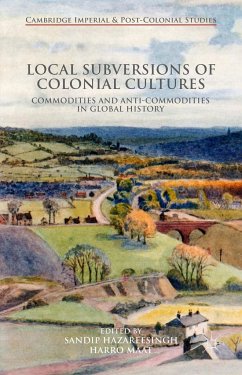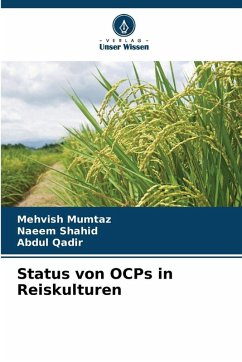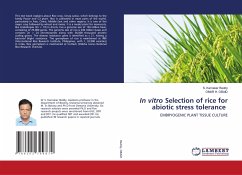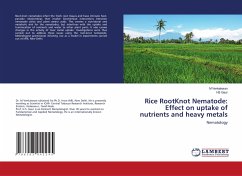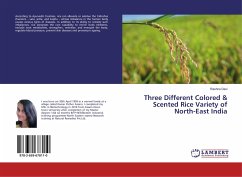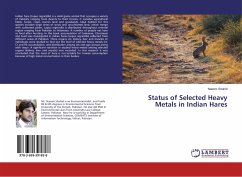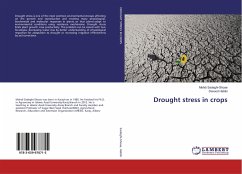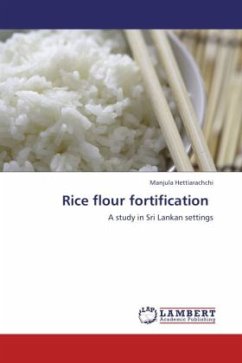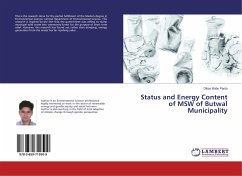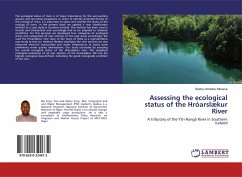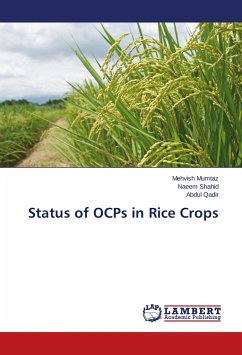
Status of OCPs in Rice Crops
Versandkostenfrei!
Versandfertig in 6-10 Tagen
33,99 €
inkl. MwSt.

PAYBACK Punkte
17 °P sammeln!
Rice (Oryza Sativa. L) is staple food and in Pakistan 5547 thousand tons of area is under rice cultivation. The productivity of rice can be enhanced by use of pesticides but once these toxic chemicals are applied to rice crop some of their residues remain on crops. The presence of these pesticides can pose risk to humans and also to the environment either directly or indirectly. So the present study was conducted to estimate the residual level of some selected organochlorine pesticides (OCPs) in rice grains and straw samples collected from different areas of Punjab, Pakistan. According to pres...
Rice (Oryza Sativa. L) is staple food and in Pakistan 5547 thousand tons of area is under rice cultivation. The productivity of rice can be enhanced by use of pesticides but once these toxic chemicals are applied to rice crop some of their residues remain on crops. The presence of these pesticides can pose risk to humans and also to the environment either directly or indirectly. So the present study was conducted to estimate the residual level of some selected organochlorine pesticides (OCPs) in rice grains and straw samples collected from different areas of Punjab, Pakistan. According to present study non-significant variation was observed among all the samples collected from different sampling sites. However, level of OCPs in rice straw and grains were exceeding the maximum residual limits (MRLs). And consumption of rice grains by humans can pose risk of cancer in long run. Similarly animals are not safe by consumption of rice straw as fodder.



